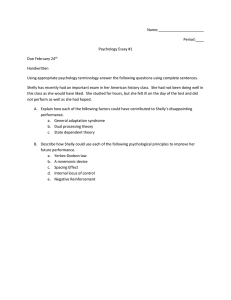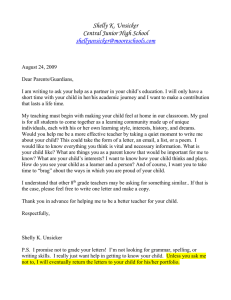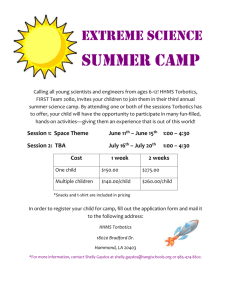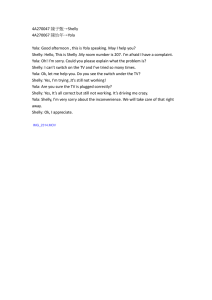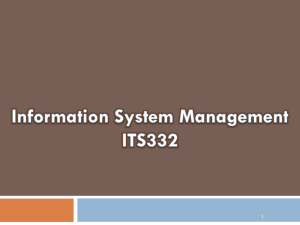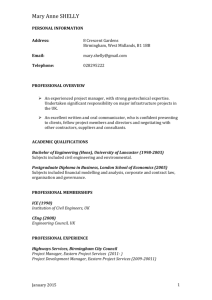Humanistic therapy – A case study
advertisement
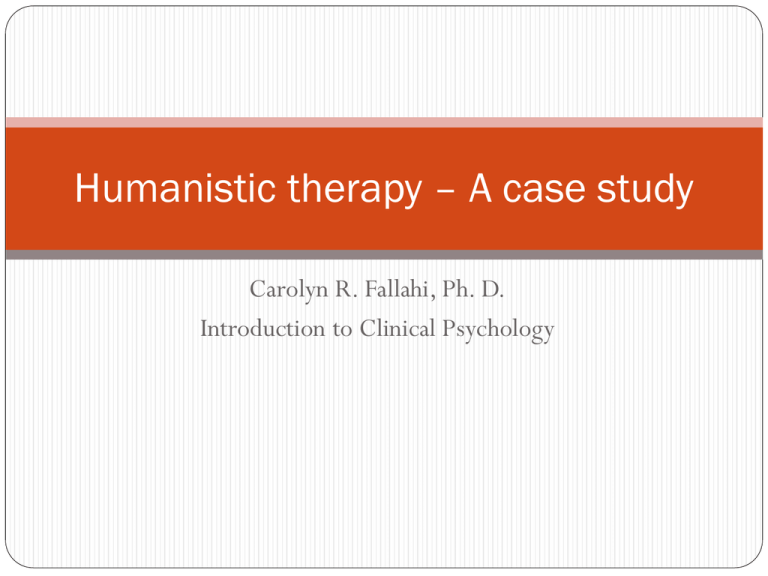
Humanistic therapy – A case study Carolyn R. Fallahi, Ph. D. Introduction to Clinical Psychology History of Person-centered therapy Carl Rogers History: Nondirective therapy Then client-centered Then person-centered (to include encounter groups and psychoeducation). Assumptions: All human beings possess a self-directed growth process Mechanism by which that process is activated….. Vocabulary Self-actualization The Self or self-structure/self-concept Conceptual map I or me Perceptions of I or me in relation to others Real or actual self Ideal self Congruence incongruence Therapy Unconditional positive regard Conditions of worth Locus of evaluation Genuineness and empathy Empathy and empathic listening Abnormality Assessment and Diagnosis Q-sort What about external evaluations? Therapy Negotiation of the therapeutic relationship Necessary and sufficient conditions Therapist focus What does the client have to do? Therapeutic techniques The process of therapy Research in Client-centered therapy Criticisms Childhood Traumatic Grief New childhood condition – Childhood Traumatic Grief (CTG). Conceptualization Symptoms Coping Mechanism Other Common Symptoms depression or anxiety. Issues with internalizing or externalizing behaviors. Similar to loss of a parent through divorce. Higher incidence of “interpersonal sensitivity”. Examples 1998 hurricane that killed 4,000 people in Nicaragua. 9/11 examples. Virginia Tech examples. Client-Centered Treatment – Carl Rogers The role of the therapist Provides assistance based on certain beliefs – the person is valuable, worthwhile, and fully equipped to understand her life. Techniques used. The challenge for the therapist. Traumagenic Model The use of CCT is especially compatible with Finkelhor & Browne’s traumagenic model. What is the traumagenic model? What symptoms are common in children & adolescents? Case Study The case of Shelly – a 15-year-old high school sophomore at a large public high school. Development history was unremarkable. No previous history of mental health problems. Case Study Honor student. Small, close group of friends from elementary school. No hobbies & was not on any sports teams. Shelly told her mother that 6 months after the death of her father, she needed help. In the pretreatment evaluation, Shelly seemed to vacillate between attempting to control her feelings & being overwhelmed by them. She appeared to function well when provided structure, as in school. Case Study Both Shelly & mom felt that they were arguing more. Adjustment disorder – diagnosis. Shelly also reported a number of symptoms of PTSD, including 4/5 arousal symptoms, 4/5 reexperiencing symptoms, & depression & anxiety. Based on Shelly’s symptoms & reported difficulties in various areas of her life, she was seen as having CTG. Positive long-term outcome was seen because she did not have any pre-event mental health problems & her mother was asymptomatic for PTSD. Both mother & child had strong support networks.
